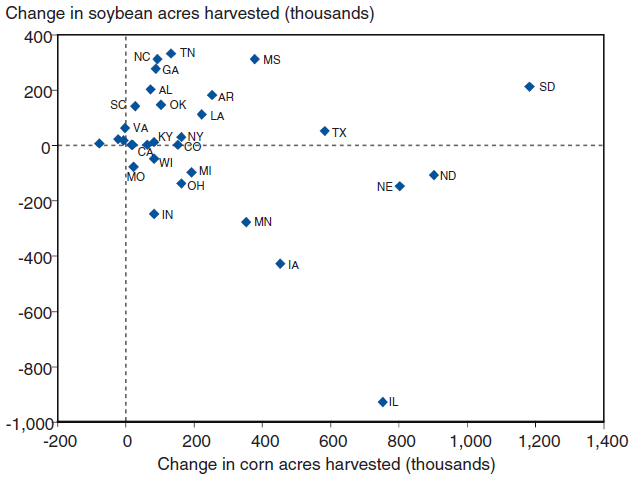Events & Promotions
|
|

GMAT Club Daily Prep
Thank you for using the timer - this advanced tool can estimate your performance and suggest more practice questions. We have subscribed you to Daily Prep Questions via email.
Customized
for You
Track
Your Progress
Practice
Pays
Not interested in getting valuable practice questions and articles delivered to your email? No problem, unsubscribe here.
- Nov 20
07:30 AM PST
-08:30 AM PST
Learn what truly sets the UC Riverside MBA apart and how it helps in your professional growth - Nov 22
11:00 AM IST
-01:00 PM IST
Do RC/MSR passages scare you? e-GMAT is conducting a masterclass to help you learn – Learn effective reading strategies Tackle difficult RC & MSR with confidence Excel in timed test environment - Nov 23
11:00 AM IST
-01:00 PM IST
Attend this free GMAT Algebra Webinar and learn how to master the most challenging Inequalities and Absolute Value problems with ease. - Nov 25
10:00 AM EST
-11:00 AM EST
Prefer video-based learning? The Target Test Prep OnDemand course is a one-of-a-kind video masterclass featuring 400 hours of lecture-style teaching by Scott Woodbury-Stewart, founder of Target Test Prep and one of the most accomplished GMAT instructors.
Dropdown 1: ND
Dropdown 2: 5
Be sure to select an answer first to save it in the Error Log before revealing the correct answer (OA)!
Difficulty:
 95%
(hard)
95%
(hard)
Question Stats:
13% (02:58) correct 88%
(03:17)
wrong
88%
(03:17)
wrong  based on 184
sessions
based on 184
sessions
History
Date
Time
Result
Not Attempted Yet
The graph shows state-level changes in corn and soybean acreage in the United States from January 2006 through December 2008.

Select from each drop-down menu the option that creates the most accurate statement based on the information provided.
The state that experienced the second largest increase in combined corn and soybean acreage during the period shown in the graph was .
The range of change in combined corn and soybean acreage among the states during the period shown in the graph was approximately times the largest increase in soybean acreage of any state during the same period.

4.jpg [ 61.72 KiB | Viewed 7626 times ]

Select from each drop-down menu the option that creates the most accurate statement based on the information provided.
The state that experienced the second largest increase in combined corn and soybean acreage during the period shown in the graph was .
The range of change in combined corn and soybean acreage among the states during the period shown in the graph was approximately times the largest increase in soybean acreage of any state during the same period.
Attachment:
4.jpg [ 61.72 KiB | Viewed 7626 times ]
ShowHide Answer
Official Answer
Dropdown 1: ND
Dropdown 2: 5
Kudos
Bookmarks
Bunuel
Official Solution:
Drop-down 1:
First, notice that the \(x\)-axis (corn acreage) ranges from -200 to 1,400, while the \(y\)-axis (soybean acreage) ranges from -1,000 to 4,000. Clearly, the state that experienced the largest increase in combined corn and soybean acreage was South Dakota (SD), with a total increase of approximately 1,200 + 200 = 1,400. The second largest increase appears to be in North Dakota (ND), with a net increase of approximately 900 + (-100) = 800.
Drop-down 2:
The range of change in combined corn and soybean acreage can be found by subtracting the largest decrease from the largest increase. The largest increase, as calculated above, was for South Dakota (SD) at 1,400. The largest decrease must be for Illinois (IL), at 750 + (-950) = -200. Thus, the range of change is 1,400 - (-200) = 1,600.
The largest increase in soybean acreage was for Tennessee (TN), at approximately 350.
Therefore, the range of 1,600 is approximately \(\frac{1,600}{350} \approx 5\) times the largest increase in soybean acreage of 350.
Correct answer:
Dropdown 1: "ND"
Dropdown 2: "5"











